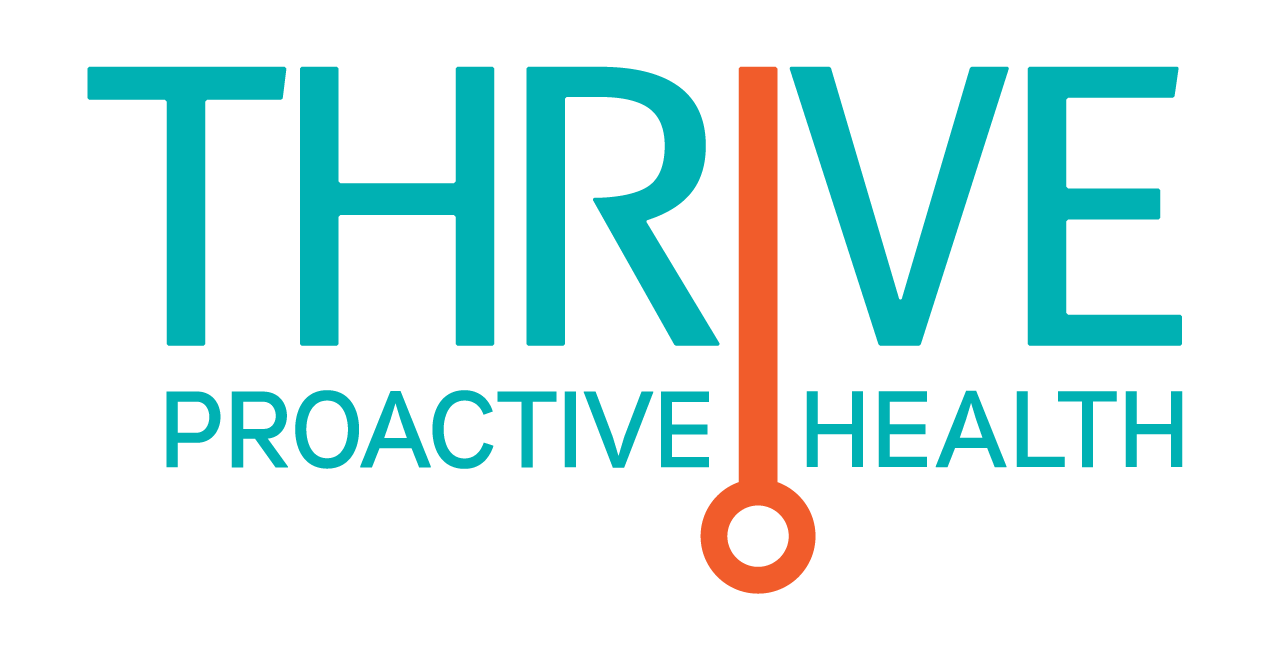Tools For The Job
July 9th, 2021
Tools For The Job
The Fitness Industry has grown exponentially in recent years. In every way. Venues have evolved to include everything from Big Box Gyms to boutique studios, from everything-under-one-roof clubs to small, dedicated spaces marketed around a specific brand of fitness or even a single piece of equipment. The last year has also seen enormous growth in at-home programs and the sophistication of the equipment around which they are marketed. We all connect differently to exercise, have different goals, needs, and comfort levels, so naturally, we relate differently to all of those things. At the end of the day, though, they are all just tools. The human body is the human body. It is the machine we are all attempting to improve in one way or another, based on our perception of what we want and the growing understanding of its complex function.
At this moment we know more than we ever have about the human body, the science of how it functions, and what actually produces lasting and meaningful results. We have more in the power of knowledge now than we ever have and in a lot of ways that knowledge is far outpacing our ability to implement it. We know how the human-machine needs to function and how to keep it moving efficiently through intelligent exercise programming. Each segment of the body has an ideal working environment and with fitness, we have to have a balance between that function and the tools with which we do the work. The device is only that; a means to an end. A tool. And you have to have the right tool for the job. But if chosen without regard for the job it serves, we do a great disservice to the body and the machine we are trying to enhance.
In the Restorative Fitness Department at Thrive, we approach fitness with an understanding of the implications on the whole system; anatomically, functionally, neurologically. At times we employ admittedly quirky exercises. Other times we use very conventional strategies. You’ll see everything from dumbbells to kettlebells, TRXs to machines. On any given day you may see someone working on an agility ladder, balance board, or swinging a set of Indian clubs around. The point is, there’s a time and place for all of it. In true “form follows function” fashion, we try to look at what desired outcome we need, what serves the body in obtaining it, and then choose the right tools for the job. If we want our fitness efforts to pay dividends of improved movement and strength, we shouldn’t limit exercise to a gadget or trend but rather its effect on the machine it serves. And with constantly evolving wisdom and equipment, there should never be a scarcity of either.

Meet Matt: Restorative Fitness Program Director
Matt brings over 18 years of experience in the fitness industry and a passion for movement and people! He has an insatiable appetite for learning and has always had a fascination with how things work. That curiosity first manifested during his studies at VCU and evolved over a life of navigating his own chronic pain and injuries and the search for information and hard-to-find answers. He credits that important journey, though, with truly learning the capabilities of the applied human body and the transformative power of strength training.
